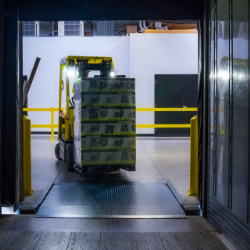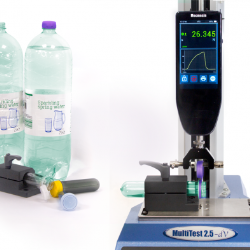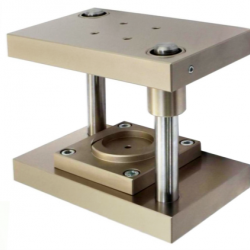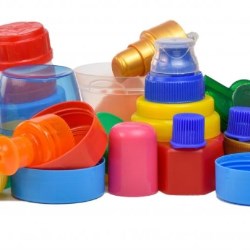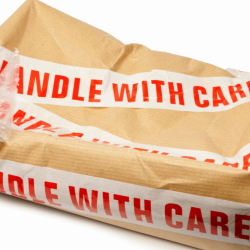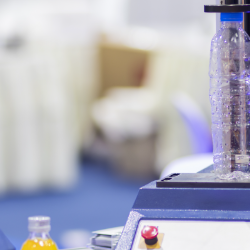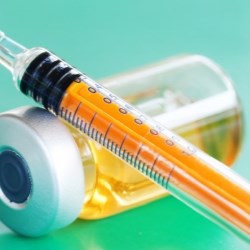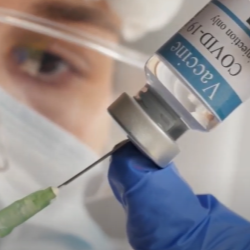Public
Mecmesin Catalog
Mecmesin Certificates
Mecmesin Documents
Mecmesin Locations
Mecmesin News
Mecmesin Videos
If this is your company, CONTACT US to activate Packbase™ software to build your portal.


One thing, which has characterised the fight against COVID-19 has been the ingenuity and innovation shown by manufacturers to repurpose their own mass-production facilities to make essential items. Everything from Personal Protective Equipment (PPE) to medical ventilators, through to COVID-19 testing kits - a fact recognised by Coca-Cola executives when approached to plug a gap in the supply chain.
Southeastern Container, a co-operative of Coca-Cola bottlers, makes PET preforms for the network of bottlers in the US and Canada, They adapted a standard 20oz bottle-preform to become a small ruggedised vial suitable for Coronavirus test specimens. Its size lent itself perfectly to holding the long COVID-19 swab and the tamper-proof screw-closure provides a safe seal to prevent leakage during handling and transportation. Leveraging production capacity at their plants would significantly boost supply by providing up to 7 million 'preform test tubes' per week for use by testing companies around the USA.
In their conventional use, PET preforms are typically blow-moulded to create the ubiquitous plastic bottles containing carbonated and still beverages. The production process to fill and seal these bottles with a screw-cap is a demanding one, so a number of tests are performed to ensure quality control specifications are met for this core packaging. These tests are conducted in accordance with in-house company standard methods or to internationally recognised test standards.
Solution
- Motorised or software-controlled top-load tester
- Appropriately-rated loadcell
- Vented compression plate
- Software-controlled torque testing system
- Cap mandrels
Top-load Axial Strength Test
To make sure that the plastic bottle can withstand the forces encountered when the screw-cap is pushed down onto it after the filling process and later when it is stacked in the warehouse, an axial compressive strength test is performed. Test standards based on ISBT (Standard Test Methods for PET Bottles) and ASTM D2659 (Column Crush Properties of Blown Thermoplastic Containers) are commonly adopted by manufacturers.
Mecmesin's top-load testers are in wide use by many packaging manufacturers and contract bottlers. Their simplicity and affordability make them the test equipment of choice for installing in the QC lab or next to the production line.
Torque Test
When it come to checking the strength required to effectively seal the bottle when applying the screw-cap closure whilst ensuring it can still be easily opened by the consumer, a Mecmesin torque tester is a popular solution. Testing in accordance with in-house methods and international standards such as ASTM D2063 and ASTM D7860 is assured.
Test equipment
- Top-load Testers
- Torque Testers
- Wide range of standard accessories
- Mecmesin can 3D-print custom-fit fixtures, such as cap mandrels for exact matching to component geometry
Test standards
ASTM D2659
Standard Test Method for Column Crush Properties of Blown Thermoplastic Containers
ASTM D2063/D2063M
Standard Test Methods for Measurement of Torque Retention for Packages with Continuous Thread Closures Using Non-Automated (Manual) Torque Testing Equipment
ASTM D7860-14
Standard Test Methods for Measurement of Torque Retention for Child Resistant and Non-Child Resistant Packages with Continuous Thread Closures Using Automated Torque Testing Equipment
Benefits
- Intuitive software to apply bespoke procedures or international standards
- Pre-programmed test routines for QC checks at point-of-manufacture
- Consistent output of calculated results and Pass/Fail indication
- Extensive reporting to log results for audit purposes

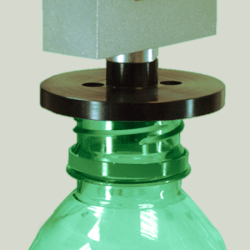

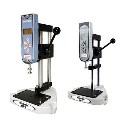
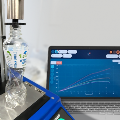
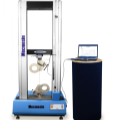
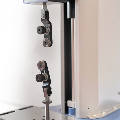
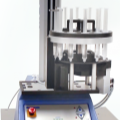
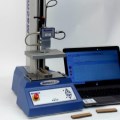
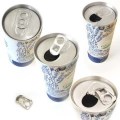
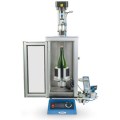
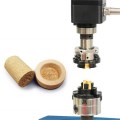
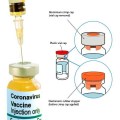
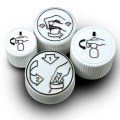
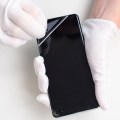
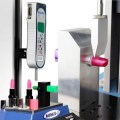
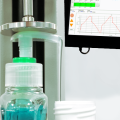
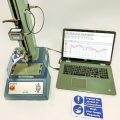
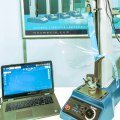
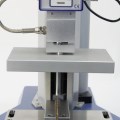
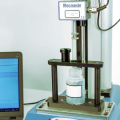

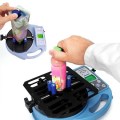
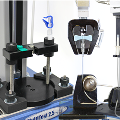

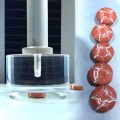
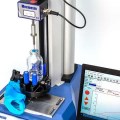
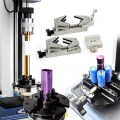

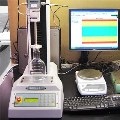
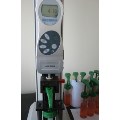
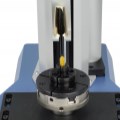
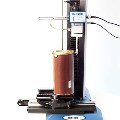
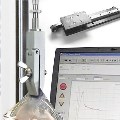
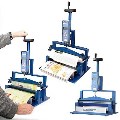

.jpg)
